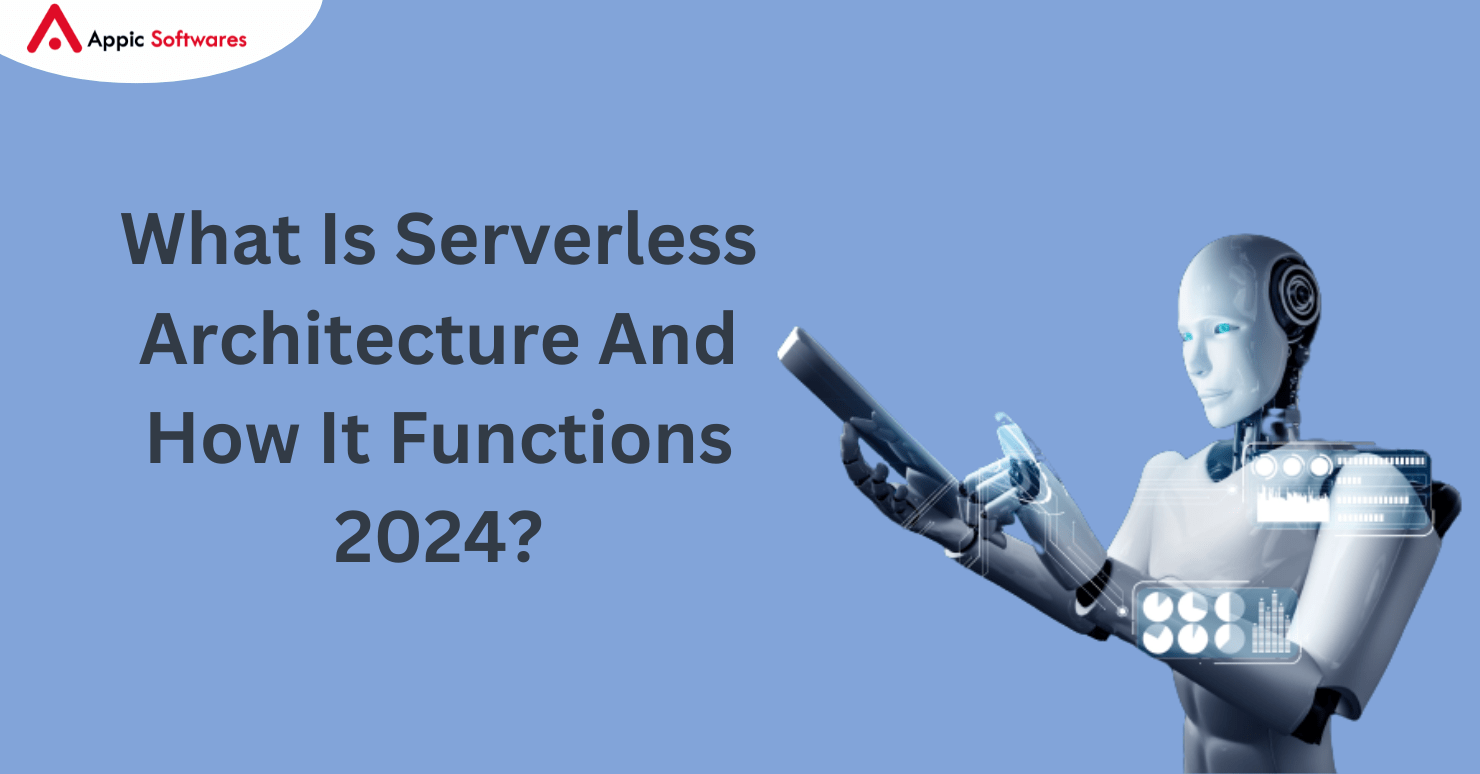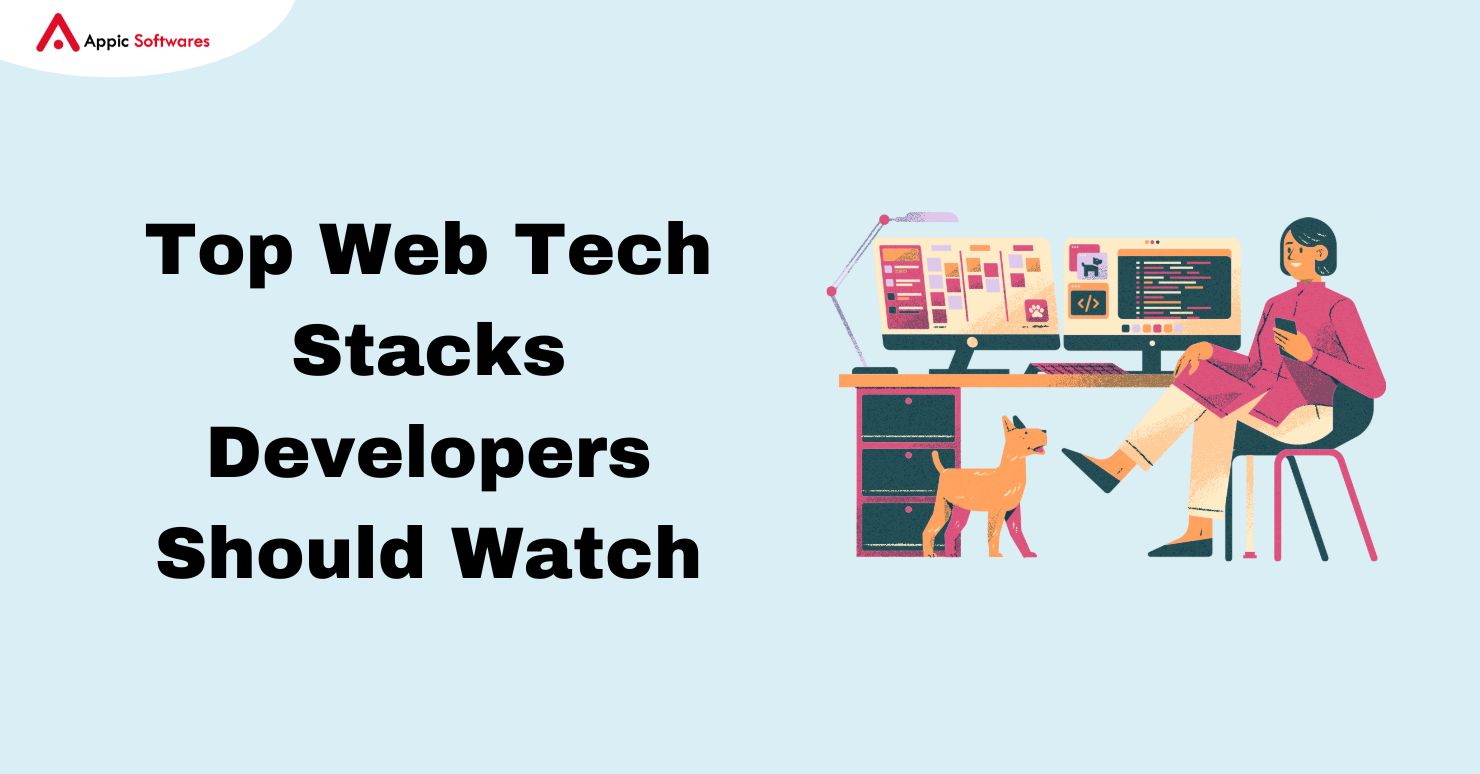
Organizations often find that maintaining an architecture is a substantial problem as they expand along with their technological ecosystems. Software development teams focus their time and resources on applications and development rather than becoming platform management specialists. One of the novel approaches to this problem is serverless architecture. However, are you aware of the meaning of the term “serverless architecture” in technology? In this piece, we’ll talk about the following subjects:
What does the term “Serverless” mean?
Previously, apps that integrated external cloud-hosted services and those that managed server-side data and logic were referred to as “serverless” apps. Applications that have server-side logic written by the developers are also referred to as serverless apps. Applications, however, operate in stateless computing containers that are event-triggered and overseen by a third party, in contrast to conventional design.
What is Serverless Architecture?
A software design paradigm known as “serverless architecture” eliminates the necessity for deploying, maintaining, and growing databases and servers by having apps hosted by a third party. Businesses may use third-party services to operate their software programs in this manner, saving money on both virtual and physical servers.
Numerous cloud service providers, including AWS and Microsoft Azure, are available to handle the intricacies of resource allocation, programming, server administration, and computing.
According to an O’Reilly study, 40% of businesses have used serverless architecture. This architecture is being used because of its scalability, developer productivity, and lower costs.
How is serverless architecture different from traditional architecture?
Applications used to operate on servers that required constant updating, patching, and maintenance for many years after early mornings and late nights owing to unthinkable mistakes that hampered production. In the past, the management of architecture was attributed to a single person or team of experts.
However, no one person or organization is in charge of serverless architecture. Rather, the onus is on the cloud providers. Let’s talk about the characteristics that set serverless architecture apart from conventional design.
Costing
Utilizing serverless architecture has many benefits, one of which is lower costs due to the elimination of the need to hire teams to monitor servers around the clock and maintain and provide servers.
Serverless architecture has an execution-based pricing model, which implies that one must pay for the number of executions. You have a certain number of seconds to utilize it, and that number varies depending on how much RAM is needed. Shorter running functions, which typically have a peak execution duration of 300 seconds for cloud providers, are thus more appropriate for this paradigm.
Dependencies on other parties
Some of your projects, if not all of them, rely on third-party libraries that aren’t integrated into the framework you use. Therefore, in such a scenario, you use libraries that have quite complex functions like image processing, cryptography, etc. Without having system-level access, you must bundle these dependencies within the application. Simple apps with few dependencies are best suited for serverless architecture. On the other hand, if the program is more sophisticated and has more dependencies, conventional design may be employed.
Pause
Serverless computing has a 300-second timeout restriction. Serverless architecture is not appropriate for complex or long-running processes since it makes it difficult to carry out certain actions in the event of a hard timeout. Certain services that need data from an external source and applications with variable execution periods cannot use the serverless architecture due to hard time constraints. Conventional architecture performs better in this situation.
surroundings
Setting up a single environment may be used to launch several environments for serverless architecture. The serverless architecture is a big advance over conventional design since it eliminates the need to set up development, staging, and production computers because it operates on a pay-per-execution basis.
Networking Private APIs are the only ways to access serverless architecture. To use these APIs, you must set up an API gateway. It has no bearing on the cost or procedure. However, that means you can’t use your regular IP address to access them directly.
When to use Serverless Architecture?
Business objectives like resource allocation automation, flexible work environments, faster response times, and scalability are seen to be best served by serverless architecture. It also helps you get the most out of your investment by lowering extra operating expenses and provisioning for physical infrastructure.
The following use examples illustrate when integrating serverless architecture into your business:
- Create latency- and real-time applications, such as multimedia apps, that can handle complex data processing and automated memory allocation.
- Provide dynamic resizing capabilities and safe customer delivery dispatch systems.
- Meet erratic workload demands for intricate scalability requirements and rapidly evolving developmental needs.
- Optimize multimedia processing across several devices by dynamically resizing photos or transcoding videos.
- Utilizing IoT, process applications for smart devices.
What are the benefits of Serverless Architecture?
The ability for developers to concentrate on creating a product is one benefit of serverless architecture. They don’t have to keep track of running and overseeing servers. The cloud provider manages these aspects rather than your staff, including network setup and system physical security.
Additional advantages of using serverless architecture include the following:
No need for server administration
Developers do not need to deal with actual servers even though serverless architecture operates on servers. It may save costs, lessen the amount of money that must be invested in DevOps, and allow developers to focus on developing and growing their applications rather than having to worry about server capacity.
The sole expense for developers is server space.
The “pay-as-you-go” approach charges developers only for the services they utilize. Code may scale up and down as required, only running when the serverless application needs backend functionality. Provisioning is dynamic, accurate, and done in real-time. In conventional design, on the other hand, developers must estimate the server capacity they will need and then purchase that capacity, regardless of whether they will use it or not.
Updates and deployments quickly
You may release a functional version of an app without uploading code to servers or running backend settings when using a serverless architecture. Code snippets may be uploaded rapidly by developers to start a new product. Because the application is not a single monolithic stack but rather a collection of functions provided by the vendor, users may upload one function or all of the code at once. A program may then be updated, fixed, patched, or given additional functionality. It’s not necessary to alter the application as a whole. Alternatively, programmers might update the application one feature at a time.
By running code closer to the user, latency is reduced.
The code may be executed from any location since the program is not installed on an origin server. As a result, depending on the cloud provider, the application functionalities may be executed on servers near the end user. Because user queries don’t have to go via an origin server, latency is decreased.
Architectures without servers may be scaled.
When the user base expands, applications built using a serverless architecture may grow automatically. The vendor’s servers will use containers to launch, operate, and terminate a function as required if it has to be performed in several instances. A serverless application may thus process a single request from a single user and manage a high volume of requests. A conventionally constructed application that requires a certain amount of server space may be impacted by an abrupt spike in demand.
Limitations of Serverless Architecture
persistent inefficiencies in the application
On a serverless platform, persistent application workloads might be quite costly. Consequently, it is more effective to execute long-running software on a dedicated server.
chilly begins
When a platform starts using internal resources, it’s known as a “cold start.” A serverless architecture can need some time to process the first function request. As long as the function is in an active state, you can prevent a “cold start.” Periodically sending queries does this.
Dependencies on other parties
The goal of serverless architecture is to make you reliant on your supplier. You don’t have total control, and things could shift on you without warning.
How does Serverless Architecture work?
is built on the Functions-as-a-service (FaaS) paradigm, which allows cloud platforms to run code without the need for fully configured infrastructure instances. Compute as a Service (CaaS), or Functions as a Service (FaaS), refers to server-side, stateless operations that are fully controlled by cloud providers and scalable.
The DevOps team creates code that prioritizes business logic and specifies an event—like an HTTP request—that starts the function that needs to be performed. The code is then run by the cloud provider, who subsequently forwards the findings to the web application for user evaluation.
Several popular serverless services offered by cloud providers include AWS Lambda, IBM OpenWhisk, Google Cloud, and Microsoft Azure functions.
The pay-as-you-go services and on-demand auto-scaling resources associated with serverless architecture make it a cost-effective and convenient choice for DevOps teams and business stakeholders. Let’s examine the serverless architectural technique using an AWS application.
Serverless Architecture on AWS
To improve application stack agility, modern applications are created serverless first, emphasizing the deployment of serverless services. For the three tiers of your stack—computation, integration, and data storage—we have developed serverless services. Start by thinking about using the following services:
- Use AWS to compute Lambda.
Run programs without the need to setup or maintain servers, and just pay for the resources used.
- AWS Fargate
To run serverless containers, use either Amazon Elastic Kubernetes Service or Amazon Elastic Container Service (ECS) (EKS)
- EventBridge from Amazon
Build an event-driven architecture that combines information from AWS, SaaS, and your apps.
- Step Functions in Amazon Web Services
Applications may be developed and updated more quickly thanks to the coordination of several AWS services into serverless processes.
- SQS on Amazon
allows message queues to send, receive, and store messages at any volume, allowing microservices to be scaled and separated.
- Social networking service offered by Amazon
Count on receiving frequent push notifications for mobile devices, SMS, email, and pub/sub.
- The Amazon API gateway
Build, release, manage, watch over, and safeguard REST and Websocket APIs at any size.
- Amazon Sync for Applications
GraphQL APIs and Subscriptions may be created, published, managed, watched over, and secured at any scale.
- S3 on Amazon
S3 on Amazon Scalability, data accessibility, security, and quickness are all aspects of Amazon S3 that top the market.
- Amazon’s DynamoDB
At any size, our key value and document database provide performance in milliseconds.
- Amazon RDS Proxy
Scalability, robustness, and security are enhanced with this stand-in for Amazon Relational Database Service (RDS).
- Without a server Aurora Amazonian
With this Amazon Aurora arrangement, performance may be automatically scaled according to the needs of your application.
Conclusion
Serverless architecture in 2024 stands as a transformative force in modern software development, offering streamlined functions and notable advantages. Embracing this approach can lead to enhanced efficiency and scalability in application deployment and management.
Moreover, if you are looking for a company through which you can hire dedicated AI developers then you should check out Appic Softwares. We have an experienced team of developers who have helped clients across the globe with AI development.
So, what are you waiting for?








